7 Wrong Ways to Feed Your Dog Food
- Categories:Industry News
- Author:Jake
- Origin:
- Time of issue:2021-12-15 15:25
- Views:
(Summary description)How many of the following seven mistakes have you made?
7 Wrong Ways to Feed Your Dog Food
(Summary description)How many of the following seven mistakes have you made?
- Categories:Industry News
- Author:Jake
- Origin:
- Time of issue:2021-12-15 15:25
- Views:
There's a lot to be said for feeding your dog food(dog food packaging). How many of the following seven mistakes have you made?
The difference between young people raising pets and old people raising pets is the same as taking children. Young people pay more attention to scientific feeding, while old people pay more attention to casual feeding.
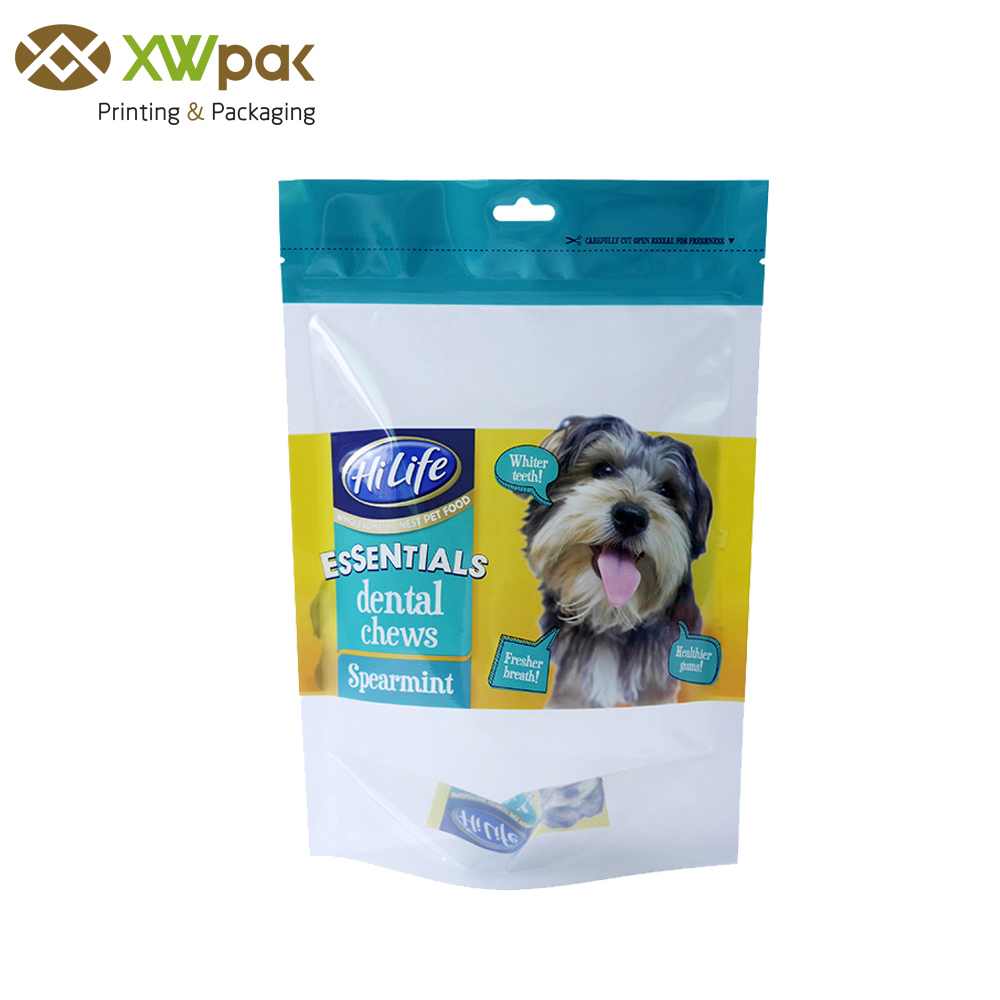
In terms of feeding behavior, young people may choose to feed their dogs packaged dog food, which costs a bit more but is a great way to keep the dog nutritionally balanced.
However, some elders will choose to feed the dog leftovers. And some will buy meat and cook it in clean water for the dog. They are not friendly to pellet dog food. While many pet owners and experts continue to explain the benefits of packaged dog food, it's not perfect. Dogs can be at risk if dog food are not properly selected, stored or fed.
1. Without check the shelf life when buying dog food
When buying dog food, some owners only pay attention to the price and brand. They seldom check the introduction of dog food raw materials, shelf life and production date on the dog food packaging bags. This behavior is not correct.
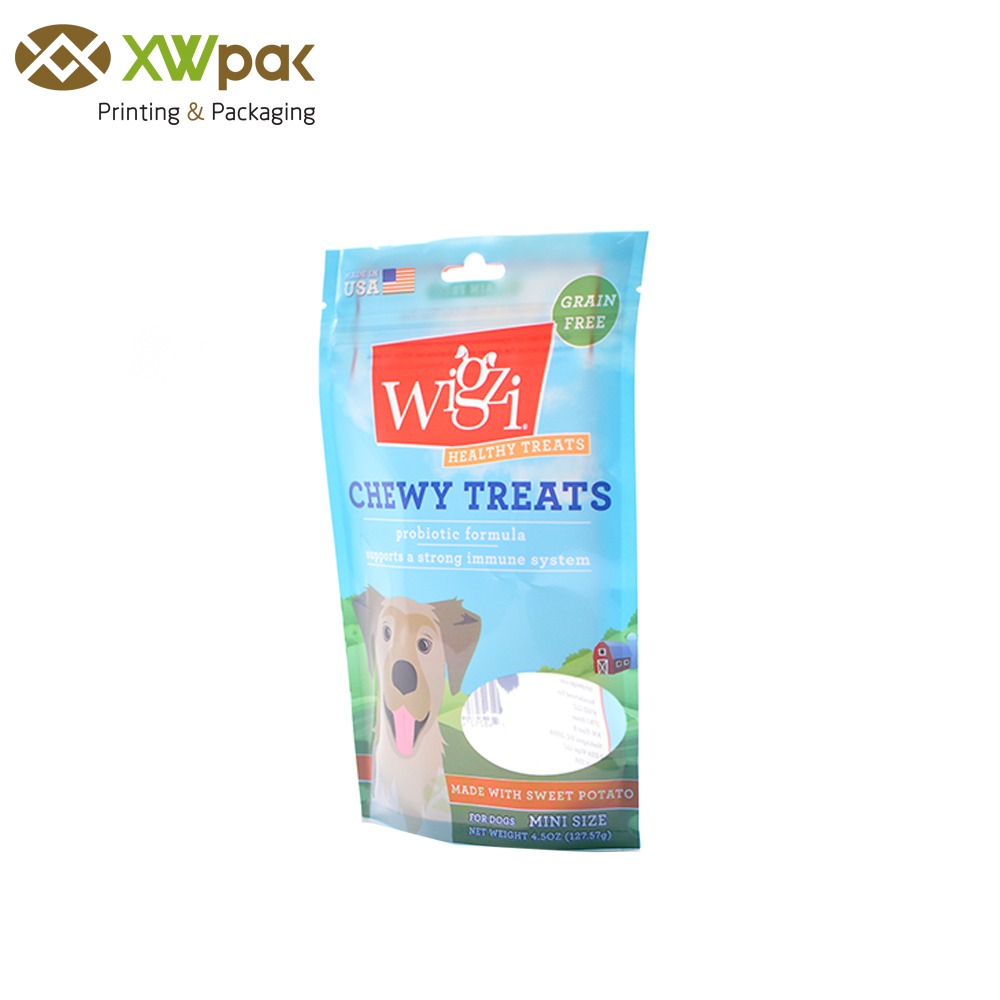
The Right Approach: No matter how brand new the dog food packaging bag is, be sure to carefully check the production date of the dog food, and shelf life. Although dog food is a high consumable product, it can take more than a month to finish a whole bag of dog food. Make sure that the dog food you buy is within a reasonable shelf life. The remaining shelf life should be as long as possible, at least 6 months or more.
If the shelf life is too short, many fats have become oxidized, and long-term feeding can lead to nutritional imbalances.
The shelf life can also be used as a standard to judge the quality of dog food.
Generally good quality dog food, because it contains less preservatives, so it can not be stored for a long time, shelf life is mostly within a year. If the shelf life is too long, it proves that it contains a high level of preservatives.
2. Stocking up on dog food
Many dog owners will stock up on dog food when there are discounts. It's ok to stock up on everyday items with or without a shelf life, but it's not recommended if you're stocking up on dog food. Owners of small dogs, in particular, should be more cautious.
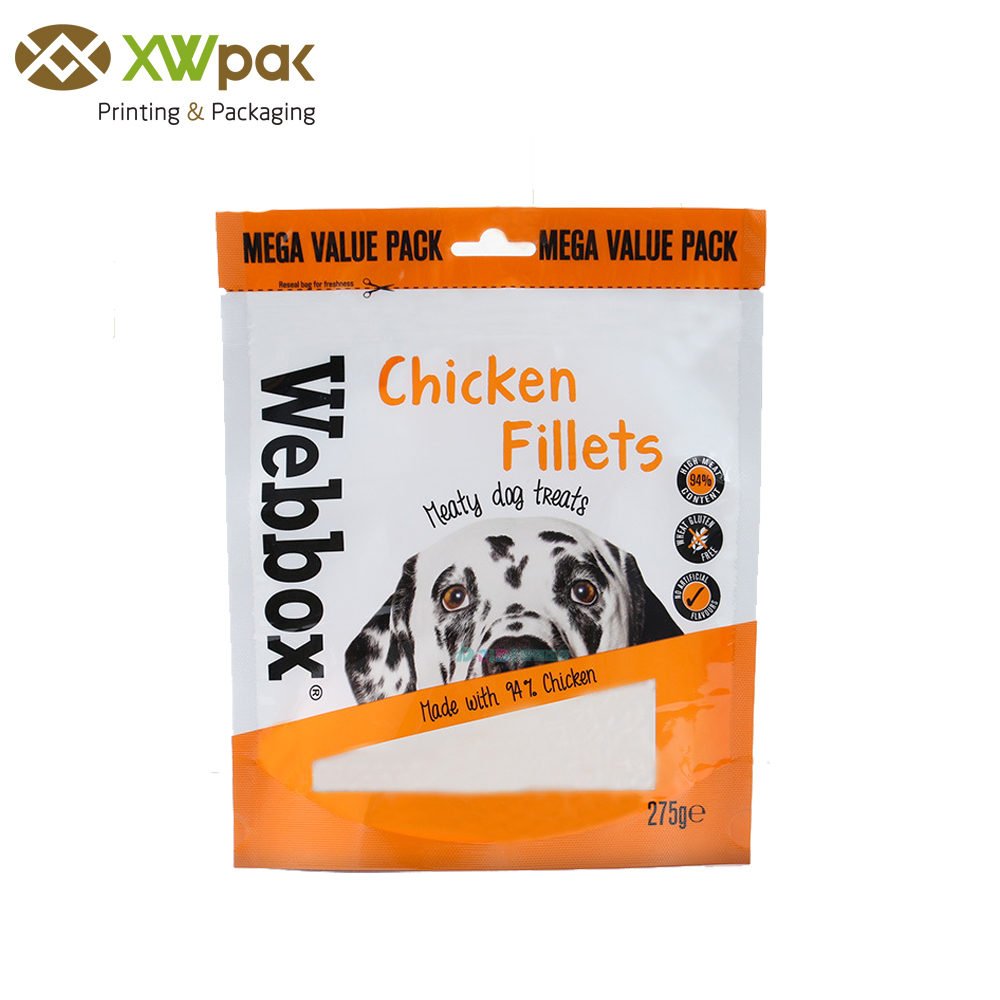
As mentioned above, dog food has a shelf life, if you buy too much, it is difficult for the dog to eat within the expiration date. Especially for small dogs, they are already eating small amounts of food. Stock up a large amount of dog food will easilt result in dog food spoilage.
The Right Approach: only buy as much as your dog can eat in a month. After the dog food is opened, it should be eaten as soon as possible to avoid exposure to air for too long and oxidation.
3. Put dog food in a damp place
After buying dog food home, many owners do not pay attention to storage, put it anywhere, very often placed in a damp place like under the kitchen bucket, under the stairs, etc..
Dog food left in a damp place will accelerate the deterioration of dog food, resulting in mold. Moldy dog food can produce aflatoxin, which can cause toxic symptoms in dogs if eaten for a long time.
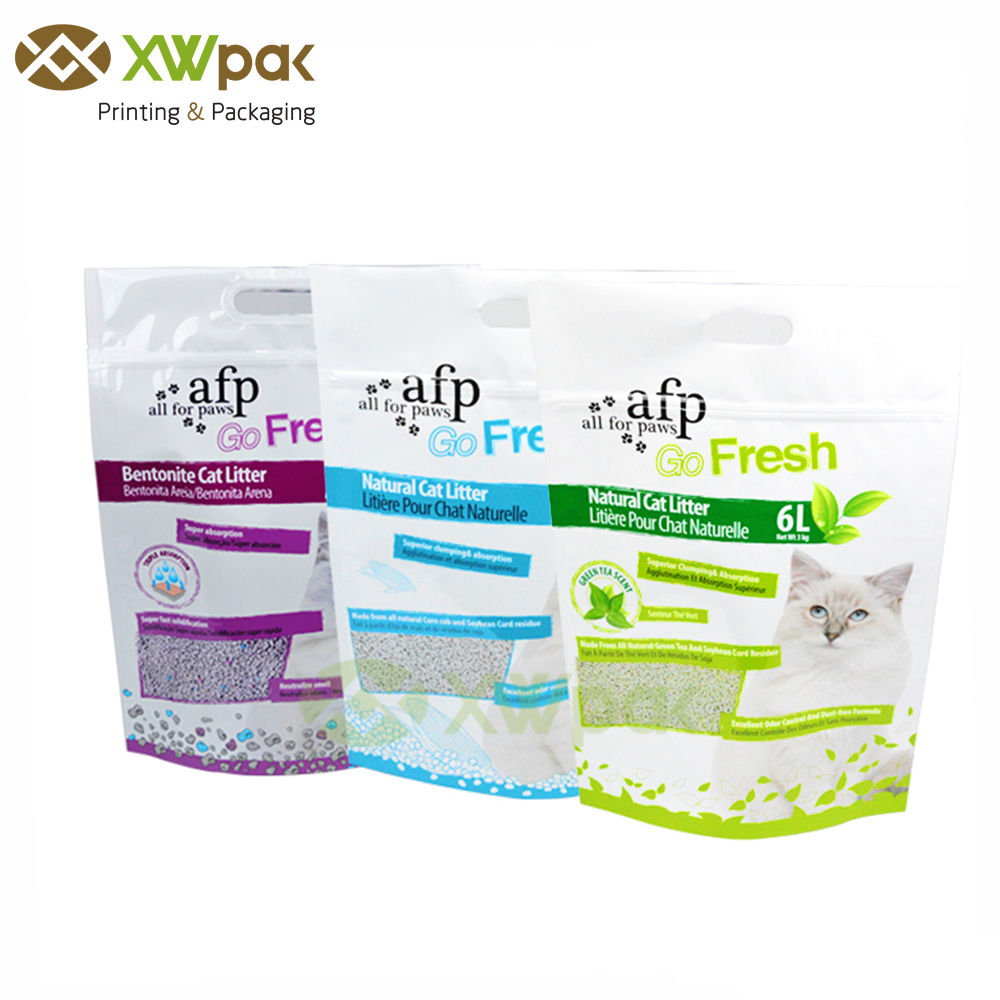
The Right Approach: Dog food should be stored in a cool, dry, light-free place to prevent mold and oxidation.
Excess aflatoxin can be very harmful to dogs, affecting their gastrointestinal system and causing damage to the body, or causing kidney failure in severe cases. To avoid moldy dog food, feed it as soon as possible and keep the dog food packaging bags sealed.
4. Store with the dog food packaging bags opened
Some owners open the new dog food packaging bags for easy feeding and store it directly with an open mouth. While this behavior is convenient for feeding, it is also a safety hazard.
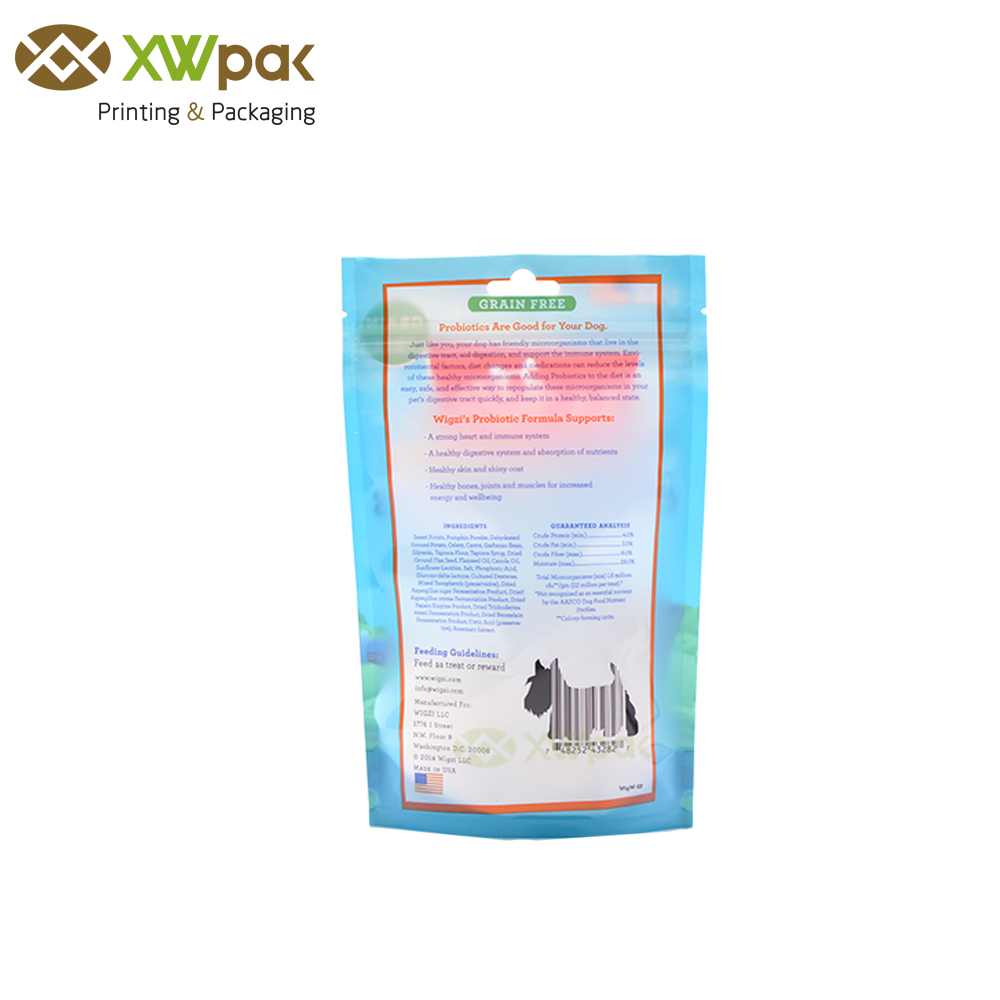
As mentioned above, oxidation occurs when dog food is exposed to air for a long time, leading to nutrient loss. Dog food can also become moldy if stored in a damp place.
The Right Approach: After opening, be sure to keep dog food packaging bags tightly closed.
5. Change dog food frequently
Different dog foods have different formulations. Even if everyone calls it good dog food, it is not necessarily suitable for your own dog.
Therefore, during the feeding process, if the dog is not responding well to the current food, the owner will switch to another food.
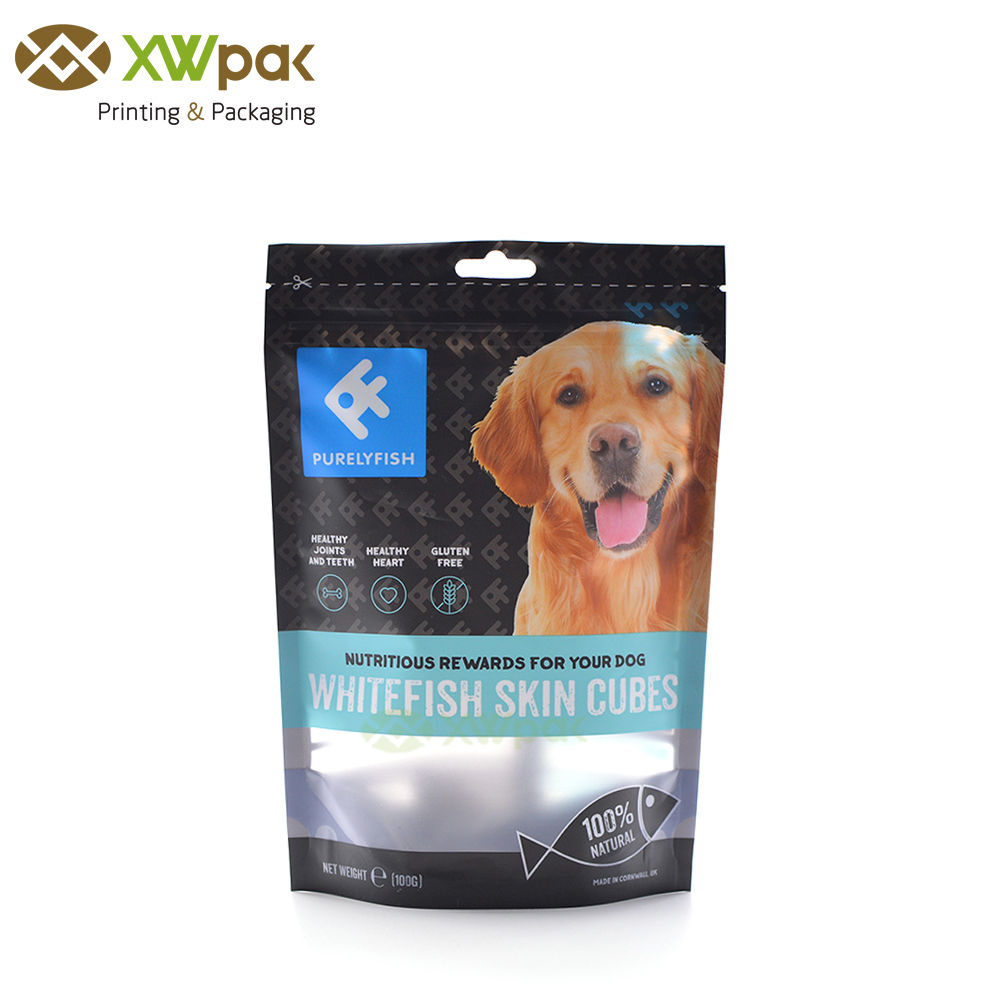
Find the right dog food by changing the dog food, and that's right. But changing food too quickly can cause your dog's body to fail to produce adequate digestive enzymes, leading to diarrhea.
The Right Approach: When replacing dog food, you should follow the 1/4 principle, start with 1/4 new dog food and mix 3/4 old dog food.
6. Pour dog food into plastic bucket
It's wrong for an owner to dump a whole bag of dog food into a large plastic bucket for easy access.
First of all, the plastic bucket that the owner used was not food safe. The outer surface of the plastic bucket is coated with grease, which can affect the health of dogs when mixed with dog food. Secondly, the plastic bucket is light permeable and light will accelerate the oxidation of dog food. Also, if the owner doesn't clean out the plastic bucket after the dog food is eaten, the scraps from the old dog food will be mixed with the new dog food. Old dog food can deteriorate due to storage time, which directly affects the quality of new dog food.
The Right Approach: Store the dog food in its original dog food packaging. If you insist on putting it into a plastic bucket, it is best to put the dog food in with the bag.
7. Throw away the dog food packaging bags
The dog food package contains ingredients for dog food, and some dogs are allergic to certain ingredients. If allergy symptoms occur after eating dog food, the retained bag will allow the veterinarian to obtain more information and make an accurate determination. If a dog is unfortunate enough to have a serious or even fatal problem due to eating substandard dog food, the dog food packaging left behind can be used as evidence to defend your rights afterwards.
The Right Approach: dog food packaging bags should be kept for 2 months.


